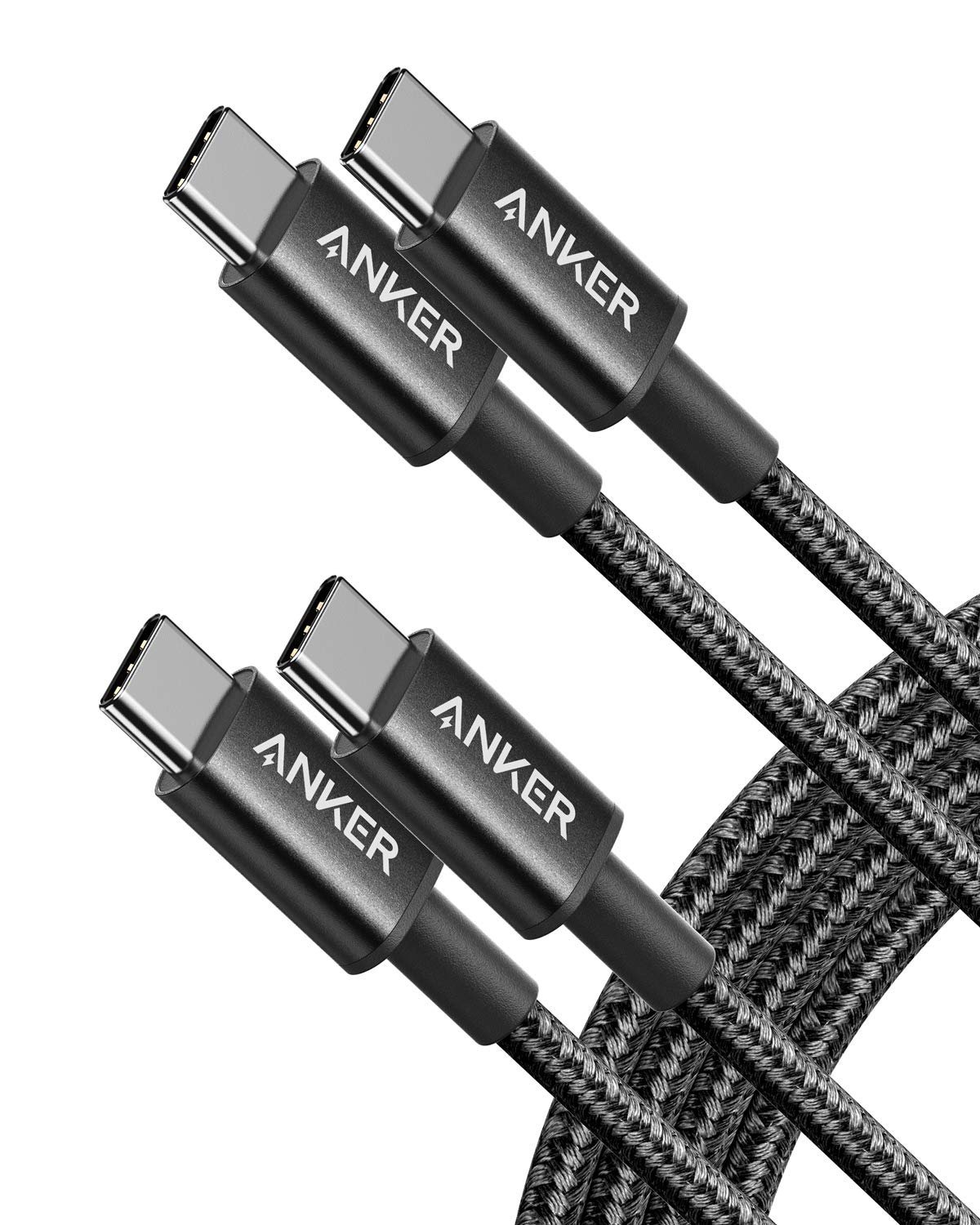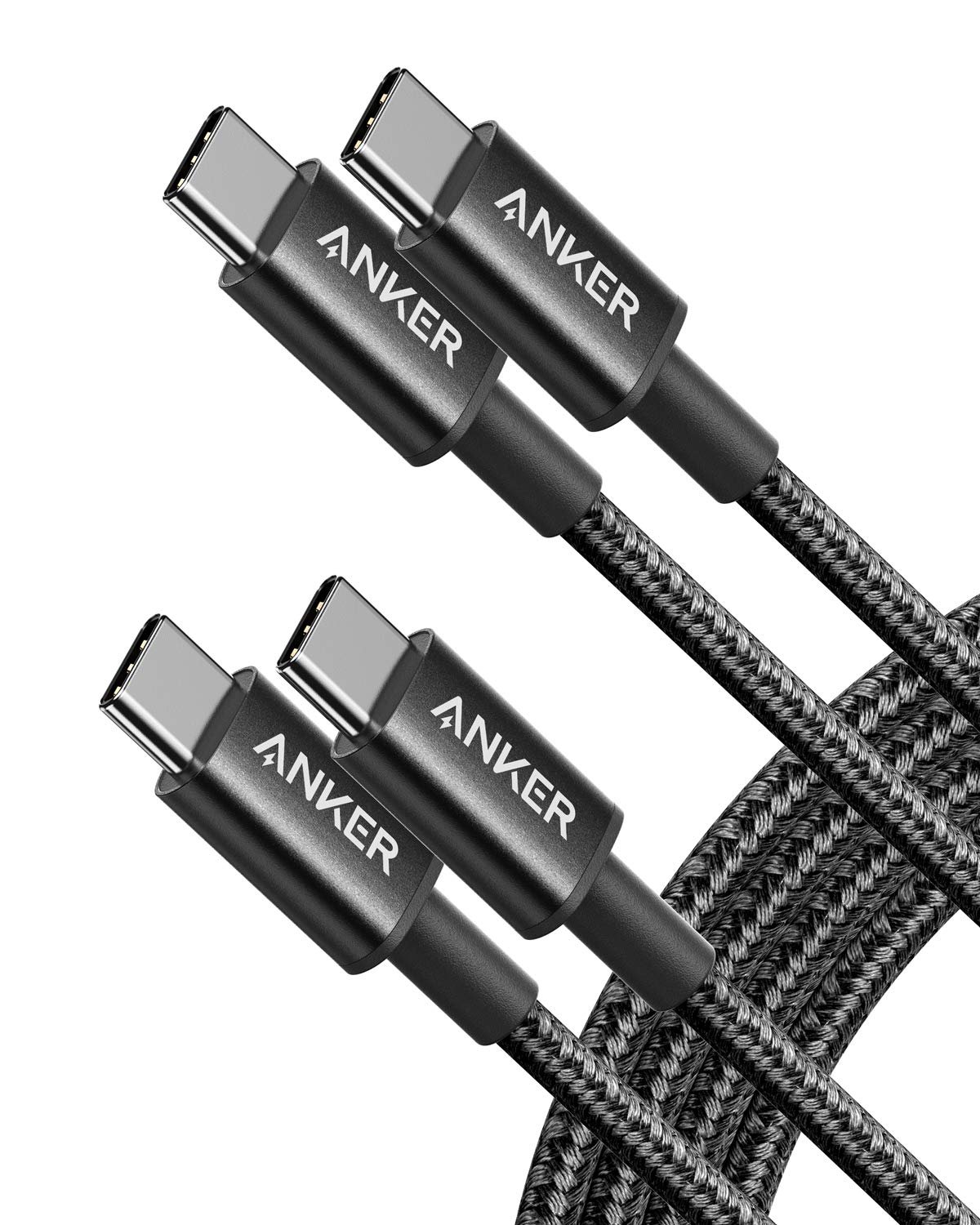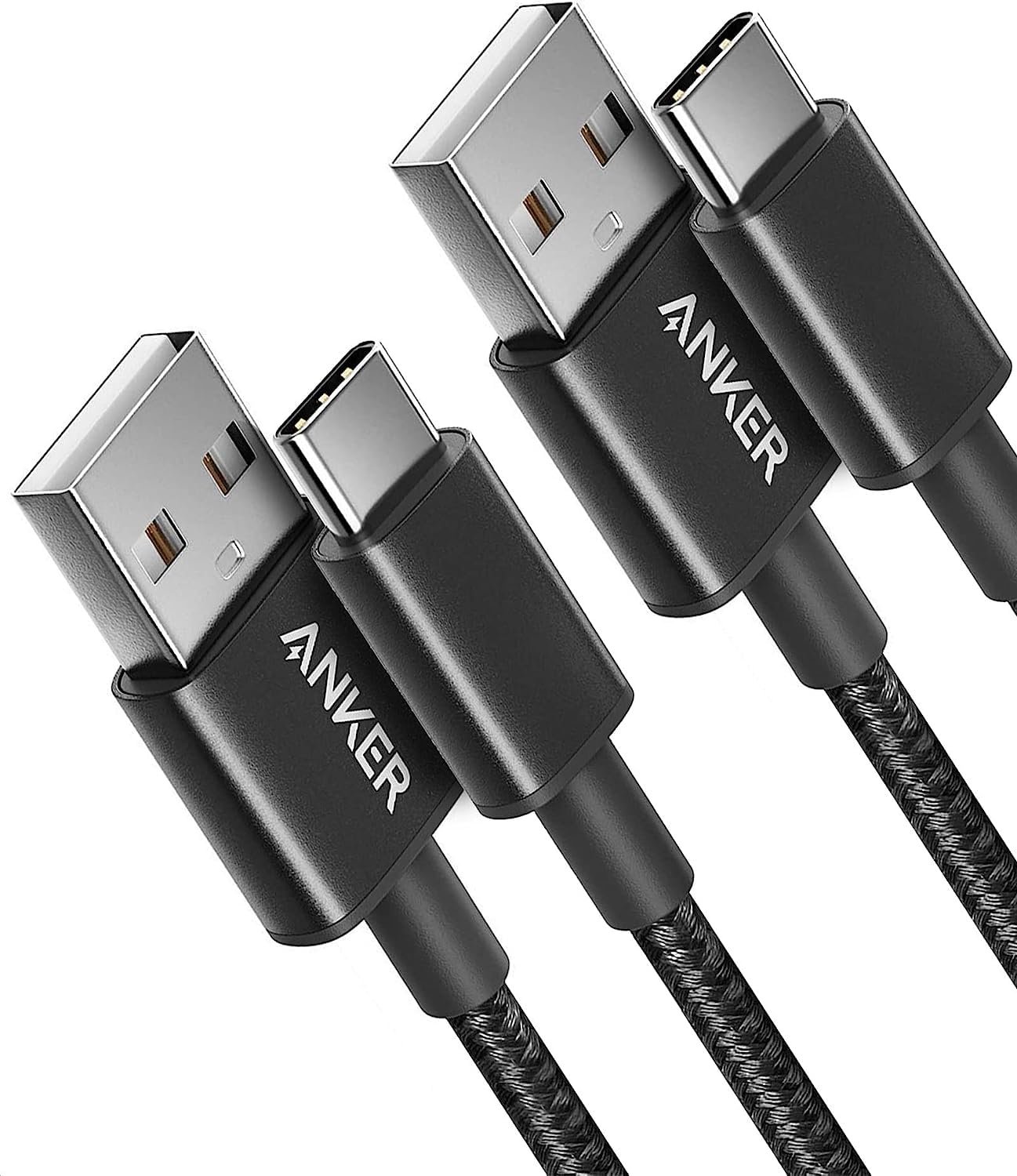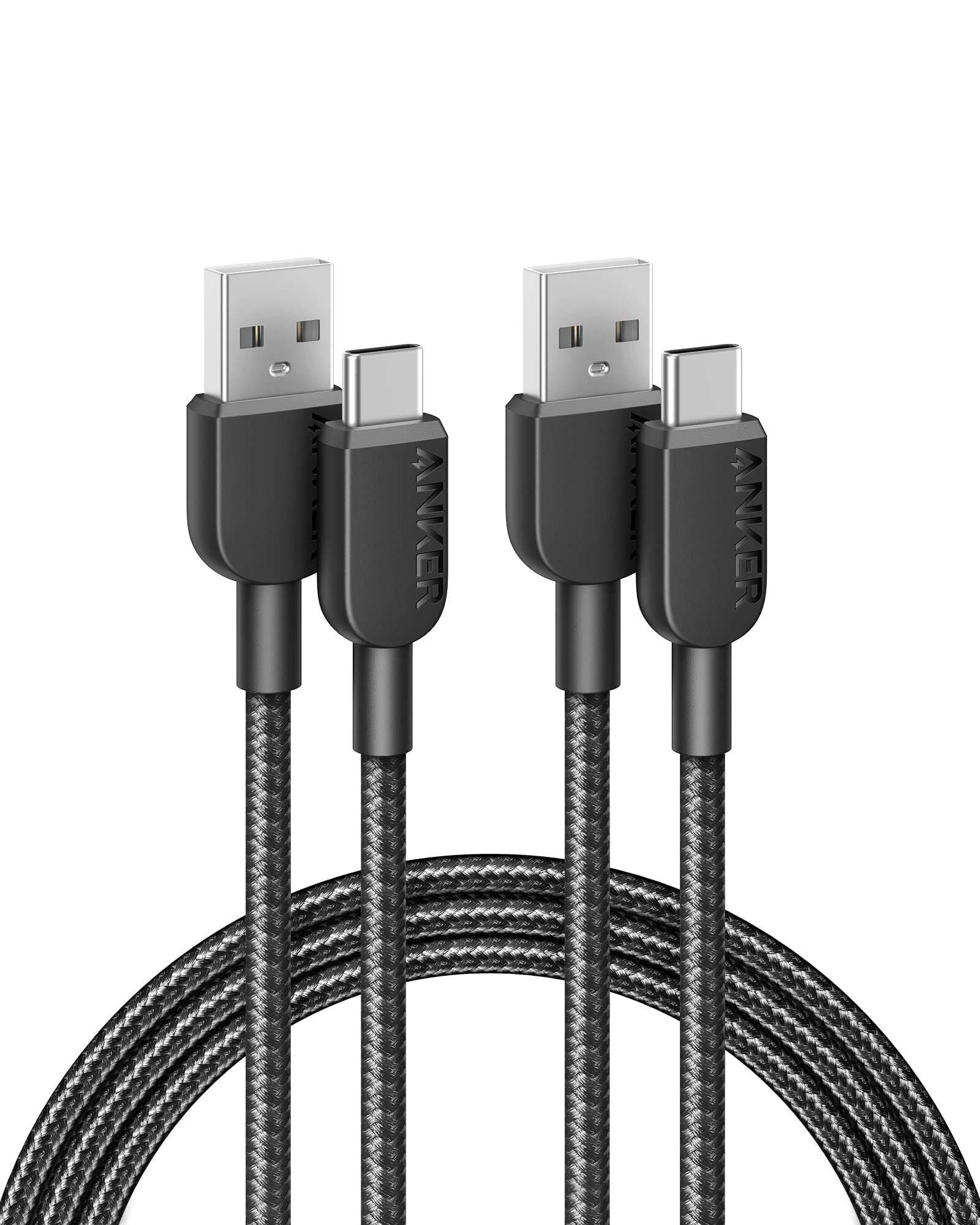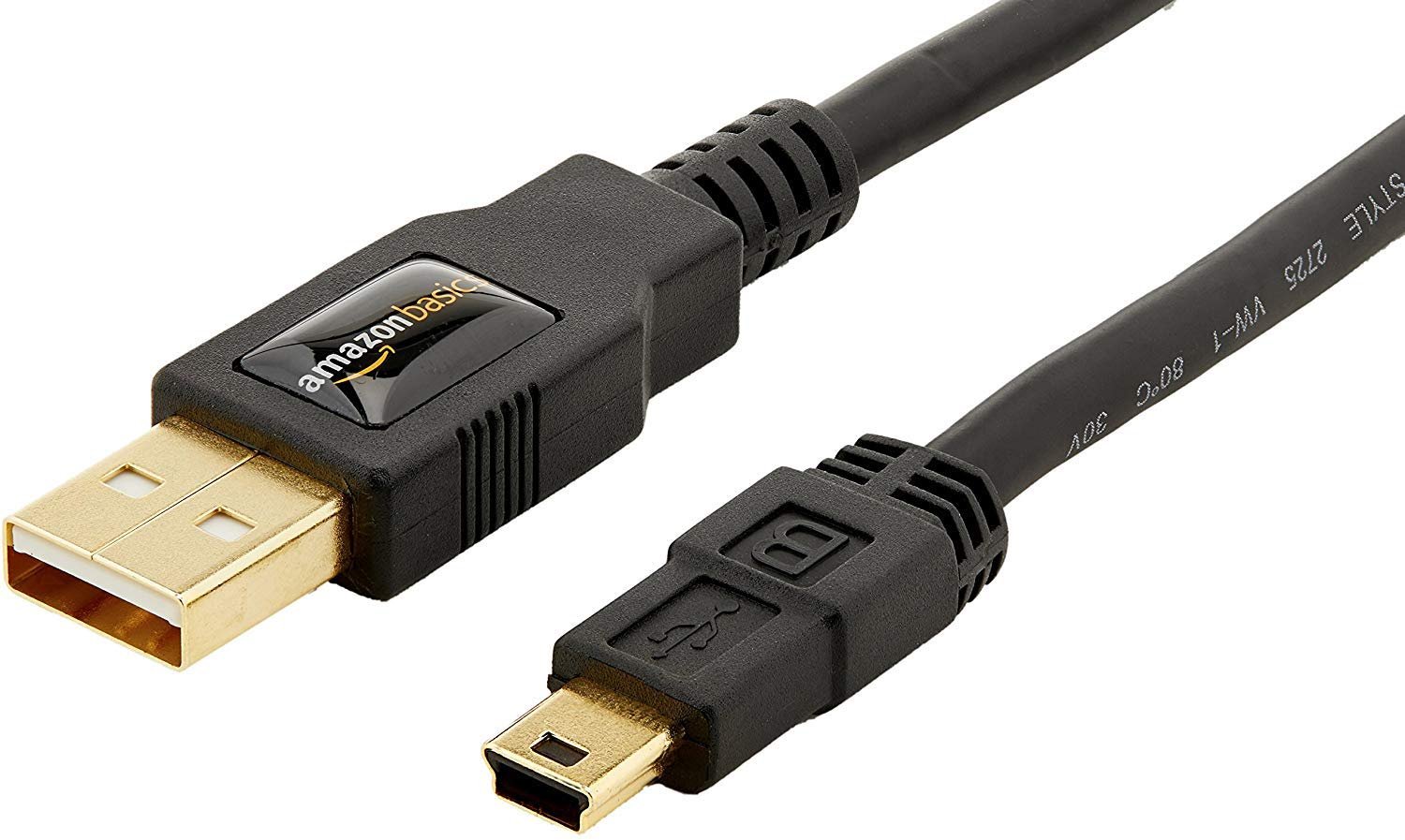USB cables are a staple in today’s technology-driven world, serving as vital connectors for a variety of devices.
From charging smartphones and tablets to transferring data between laptops and external drives, their functionality is integral to daily tech activities.
The versatility and ubiquity of USB cables make them an essential item for anyone with electronic gadgets.
With advancements in technology, USB cables have evolved, offering increased speeds and power capabilities to keep up with modern demands.
When choosing a USB cable, you need to consider the type of USB connector you need.
They come in various forms such as USB Type-A, USB Type-B, and the more recent USB Type-C.
The speed of data transfer, power output, and length are other key factors that can influence your decision.
Additionally, you should also assess the build quality and durability of the cable, especially if you’re looking for a product that will withstand daily wear and tear.
These aspects ensure that the cable serves its purpose efficiently and lasts longer.
By understanding what features matter most for your specific needs, you can select a USB cable that offers the best combination of performance and reliability.
This will guide you through the myriad options available and help you find the right cable to suit your lifestyle.
From here, we’ll explore some top choices and features that make a significant difference.
Top USB Cables
You’re in the right place if you’re on the hunt for the best USB cables available today.
Whether you’re charging your devices or transferring data, this list has what you need.
Let’s jump into the top picks tailored just for you.
Anker USB C to USB C Cable
This cable is a solid choice if you need a durable, fast-charging option for your USB-C devices.
- Strong nylon finish ensures longevity.
- Supports swift 60W charging.
- Universal compatibility with USB-C gadgets.
- Only works with USB-C chargers.
- Lacks media display support.
- Some might find it pricey.
When you’re in the market for a reliable charging cable, the Anker USB C to USB C Cable stands robust.
The nylon braided design promises increased durability, allowing it to withstand frequent bends and everyday use.
Compatibility is wide-ranging, so you won’t need multiple cables for different devices.
The addition of fast-charging capabilities is a real time-saver, particularly if you’re on-the-go and need your devices ready quickly.
The length is also pretty decent at 6 feet, giving you flexibility without feeling unnecessarily cluttered.
Drawbacks do exist, notably the fact it won’t support media display.
Making the most of this cable means pairing it with USB-C chargers to reap all its benefits.
If the lack of media capability isn’t a dealbreaker, these cables could be exactly what you need.
Anker USB-C Cable 3FT (2 Pack)
This cable is perfect if you need a reliable and durable option for charging and syncing your USB-C devices.
- Sturdy braided design enhances durability.
- Compatible with a wide range of devices.
- Supports high-speed charging and data transfer.
- Not compatible with Power Delivery for faster charging.
- Limited to 3ft in length, which might not suit all situations.
- Charging speed is not as fast for some devices.
If you’re looking for a tough and dependable USB-C cable, this Anker option stands out.
Its nylon-braided construction ensures it can withstand daily wear and tear, making it a smart choice for anyone sick of flimsy cables that fail quickly.
You can use this cable with almost any USB-C device, so it’s versatile for most modern gadgets.
Charging and syncing are efficient, though it doesn’t support Power Delivery, which limits the charging speed for some high-power devices.
The 3-foot length is handy for connecting devices that are close together, but might not be long enough if you need to reach further.
Overall, the Anker USB-C Cable 3FT (2 Pack) is a solid pick for anyone prioritizing reliability and compatibility, with the added benefit of a lifetime warranty for peace of mind.
Anker USB Cables
If you’re looking for dependable and durable USB cables, these from Anker might just fit the bill.
- Extremely durable with braided design
- Ideal length for various uses
- Supports fast syncing and charging
- Not compatible with Power Delivery
- Limited charging speeds on some devices
- Slightly more expensive compared to basic alternatives
These Anker USB cables boast a robust construction thanks to their braided design, making them perfect for long-term usage.
Around 6 feet in length, they cater to both flexible usage and convenient connectivity.
You can count on them for quick data transfers and efficient device charging.
Compatibility is mostly wide-ranging, though they may not offer the fastest charging on certain models like the latest iPads.
Priced slightly above generic options, they compensate with quality and longevity.
This makes them a worthwhile consideration for anyone in need of high-performance cables that can withstand frequent use.
MAILESI Lightning Cable Set
This set of lightning cables is a solid choice for increasing your device’s charging speed, provided you’re okay with potential durability issues.
- Boosts charging speed noticeably.
- Offers multiple cables in one package.
- Pairs with a wide variety of Apple devices.
- Some users report durability problems.
- Could cause erratic behavior with certain devices.
- Shorter length might be inconvenient for some.
Adding MAILESI’s cable set to your accessories could streamline your charging needs.
With four cables included, you won’t need to search around for a free one.
They’re designed to work seamlessly with all iOS versions, adding future-proofing to the list of benefits.
You’ll appreciate the convenient packing if you frequently need multiple cables.
These cables promise faster charging with their high-quality materials.
It’s a relief when you can trust your phone to charge without hiccups.
However, some users have noted a few issues.
Durability can be a concern if you’re rough with cables, and the shorter length might restrict where you can charge.
Despite these, for the price and functionality, it’s an option worth considering if you need reliable connectivity.
Amazon Basics USB 2.0 Cable – 6 Feet
If you need a reliable and affordable option for connecting Mini-B devices, this cable is a strong contender.
- Gold-plated connectors improve signal quality.
- Long cable length provides flexibility in placement.
- Offers compatibility with older USB versions.
- Limited to USB 2.0 speeds.
- Mini-B connector is becoming less common.
- Not suitable for newer USB-C devices.
This Amazon Basics cable features gold-plated connectors that ensure a strong and reliable connection.
With a full six feet in length, you’re unlikely to feel restricted, making it convenient for connecting devices over a distance.
Its compatibility with earlier USB versions also makes it versatile.
On the downside, being a USB 2.0 cable means it may not be as fast as other options on the market with newer technology.
Plus, as devices evolve, the Mini-B connection is becoming less standard, which could limit its future usefulness.
However, it remains a dependable choice for existing Mini-B devices you might own.
Buying Guide
When you’re in the market for USB cables, compatibility is key.
Check that the cable supports your device’s charging and data transfer requirements.
Whether it’s USB-A, USB-C, or Micro USB, compatibility ensures seamless connectivity.
Length matters depending on your needs.
A shorter cable might be perfect for desktop use while a longer one is ideal for reaching behind furniture.
Durability can’t be ignored.
Look for cables with strong outer materials like braided nylon or reinforced connectors.
These features help the cable withstand daily wear and tear.
Consider data transfer speeds if you’re planning to move files between devices.
USB 3.0 or 3.1 versions generally offer faster speeds compared to older USB 2.0 models.
Quick Checklist:
- Compatibility: Check device fit
- Length: Pick suitable size
- Durability: Prefer sturdy materials
- Data Transfer Speeds: Look for USB 3.0 or higher
Price is another factor.
While it’s tempting to go for the cheapest option, think about the compromise between cost and quality.
High-quality cables may save you money in the long run by lasting longer.
Last but not least, ensure that the cable has passed relevant safety certifications.
Compliance with standards like CE, FCC, or RoHS guarantees a safer product.
Frequently Asked Questions
When it comes to USB cables, recognizing different types and their compatibilities is crucial.
Each connector serves unique purposes, and understanding their features helps in choosing the right one for your needs.
How can I tell if I have a USB-C or a USB-A cable?
USB-C cables have a small, oval-shaped connector and are reversible, fitting into the port any way you try.
USB-A, on the other hand, is larger, rectangular, and can only plug in one way.
Check your cable’s shape to know which one you have.
What distinguishes USB-A, USB-B, and USB-C connectors?
USB-A is the most familiar, featuring a flat and rectangular shape.
USB-B is more squared off, often used with printers.
USB-C is the latest, featuring a smaller, reversible design that supports faster data transfer and power.
Are USB-C cables compatible with USB-A ports?
USB-C cables cannot directly plug into USB-A ports because of their different shapes.
However, you can use adapters or cables with USB-C on one end and USB-A on the other.
This way, you can connect devices despite the different port types.
How do I figure out what type of USB cable I need?
First, identify the ports on your devices.
Match the ports to the correct cable type—USB-A, USB-B, or USB-C. Also, consider the device’s power and data transfer needs.
Some devices may require specific types to function properly.
What’s the difference between micro USB and mini USB cables?
Micro USB is smaller and typically found on newer portable devices, while mini USB is slightly larger and more common in older or bulkier gadgets.
Both have distinct shapes, aiding in identifying which one your device requires.
Can I charge all my devices with a single USB-C cable?
USB-C cables offer universal charging potential for many devices, including smartphones and laptops.
However, make sure that the power output of the cable matches your device’s requirements.
Some high-powered devices may need specific cables to charge efficiently.

